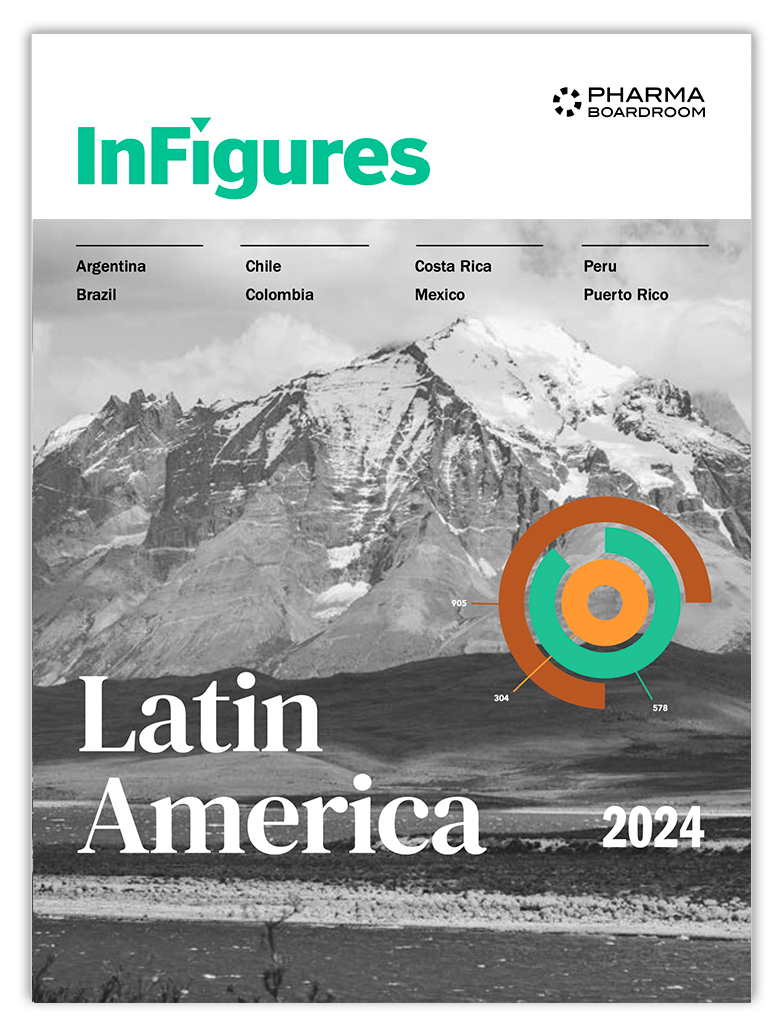Alphamab Oncology and I-Mab Biopharma, two of China’s fastest-growing biotech firms, both bolstered by recent successful IPOs, are increasingly adapting their portfolio strategies to launch products on the large but challenging domestic Chinese market.
I-Mab: Observing Competitors and Staying Flexible
I-Mab already has a fairly advanced China portfolio, with the company expected to reach the commercial stage for its products in the next year or two.
In terms of pricing, CFO Jielun Zhu recently told PharmaBoardroom that “There are two levels in terms of pricing [on the Chinese market].” He adds, “The first level is that for innovative drugs, pricing is more an art rather than a science. The art can be perfected by looking at comparable products. For instance, for our anti-CD38 monoclonal antibody, there is already an existing competitor in the Chinese market, a drug by Janssen approved late-2019. Observing this product’s performance in the Chinese market gives us a baseline, and then we factor in other aspects like our product profile, clinical differentiation, advantages and disadvantages, patient and physician behaviour and so on.”
A local company can potentially be more flexible with pricing compared to a multinational
Zhu continues, “On the second level, we also have to understand the reimbursement systems in place in China, which are quite fragmented across different government levels and public insurance schemes. We have to understand how different payers organize their own funding capabilities and how they prioritize the reimbursement of even highly innovative drugs. Here, we can take lessons from the PD-1/PD-L1 market, which have been extremely hot categories over the past couple of years. Last year, there was a tendering process for the different PD-1/PD-L1 manufacturers in China and the dynamics we observed in terms of the price cuts needed to receive reimbursement have been very instructive. As more innovative drugs are launched in China, there will be more examples for us to study.”
Comparing the pricing expectations for a domestic company in China to those for a multinational, Zhu posits that “A local company can potentially be more flexible with pricing compared to a multinational for two reasons. Firstly, we do not have to adhere to any global pricing methodologies or considerations and we would not be affected by the typical concerns relating to the presence of pricing differentials between markets, such as parallel imports, for instance.”
He adds that “Secondly, once we have established our local manufacturing capabilities, we would typically gain a cost advantage over multinationals that have to import products from elsewhere. This gives us more room to manoeuvre when it comes to pricing so that we can secure reimbursement.”
Alphamab: Drawing on More Lucrative Markets
Alphamab Oncology’s founder, chairman and CEO Dr Xu Ting is also drawing on the experiences of other companies that have launched innovative PD-1/PD-L1 oncology treatments in the price-conscious Chinese market.
He notes that “Looking at annual reports from the two Chinese biotechs that have launched PD-1/PD-L1 products on the China market so far, the price ceiling has averaged CNY 180,000 to 200,000 – or around USD 25,000. My feeling is that this could be halved to around CNY 100,000 – or around USD 15,000, which is significantly different from the typical price tag (after rebates and other discount programs) in the US of around USD 150,000.” He adds, “Based on this precedent, we can expect our product to be priced in a similar range, especially if we want it to be listed on the National Reimbursement Drug List (NRDL).”
We have trials running in markets like the US, Europe and Japan. The higher prices there will give us more resources to fund more early-stage real innovative R&D
Dr Xu continues, “At these prices, one of the biotech companies reported an 88 percent gross margin. That is sufficient to support company operations. If prices fall another 50 percent, that gross margin could fall to, say, 70-75 percent, which is still sustainable for drug development in well-explored areas like PD-1/PD-L1s, where the early drug development risks are relatively small. It is a bit like developing biosimilars. However, it is not ideal for truly innovative drug development.”
“This is why we have trials running in markets like the US, Europe and Japan. The higher prices there will give us more resources to fund more early-stage real innovative R&D.”




